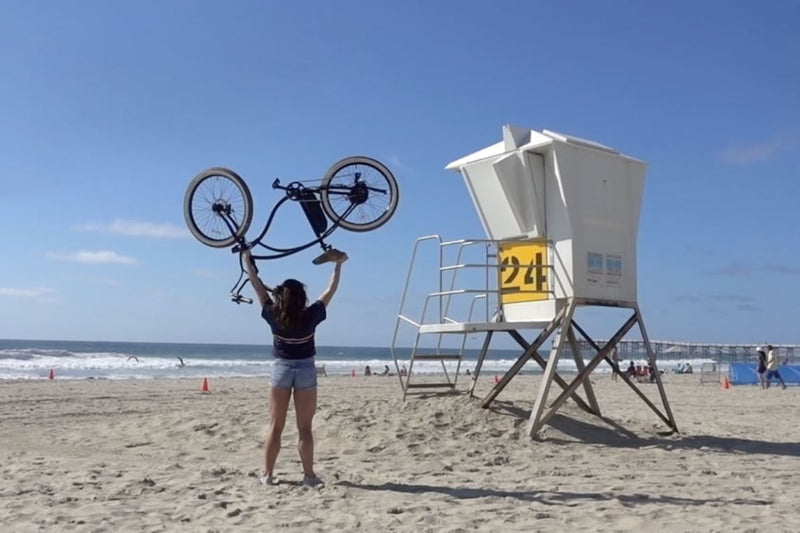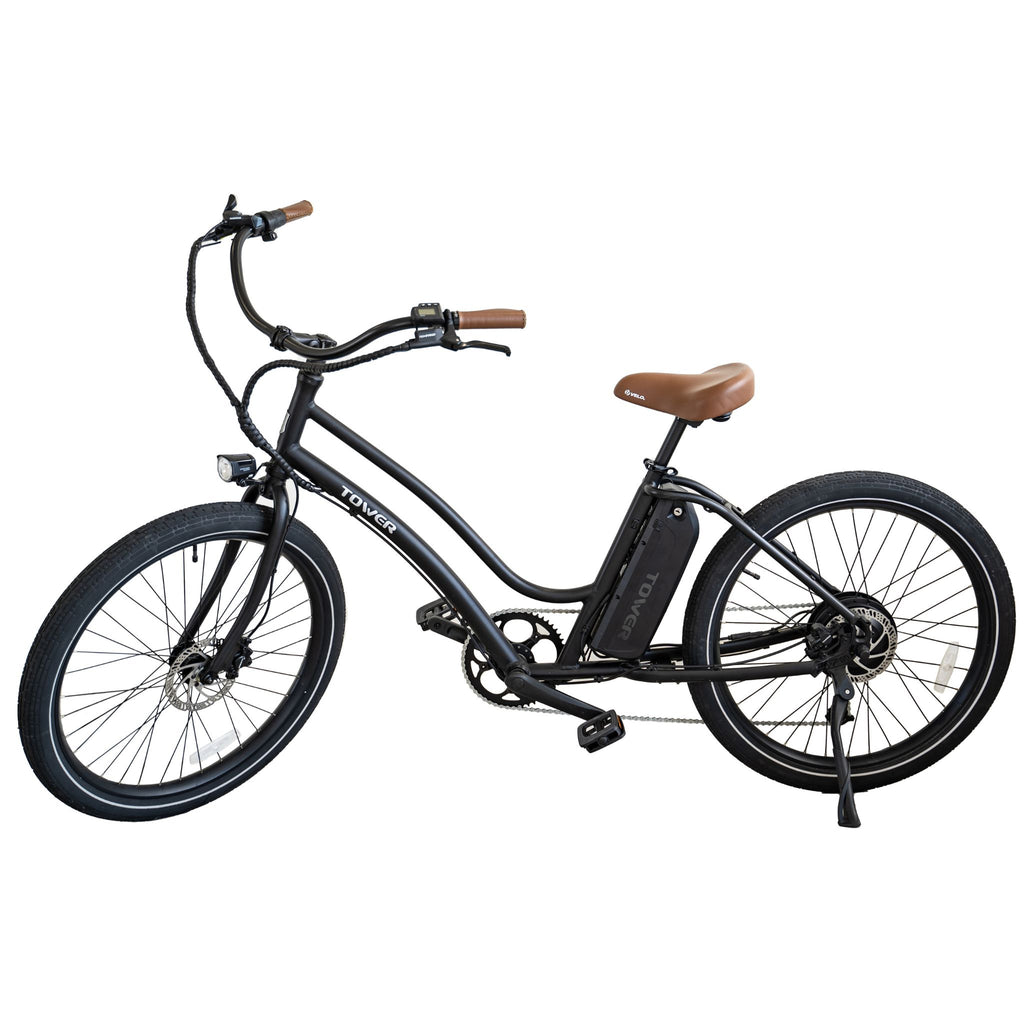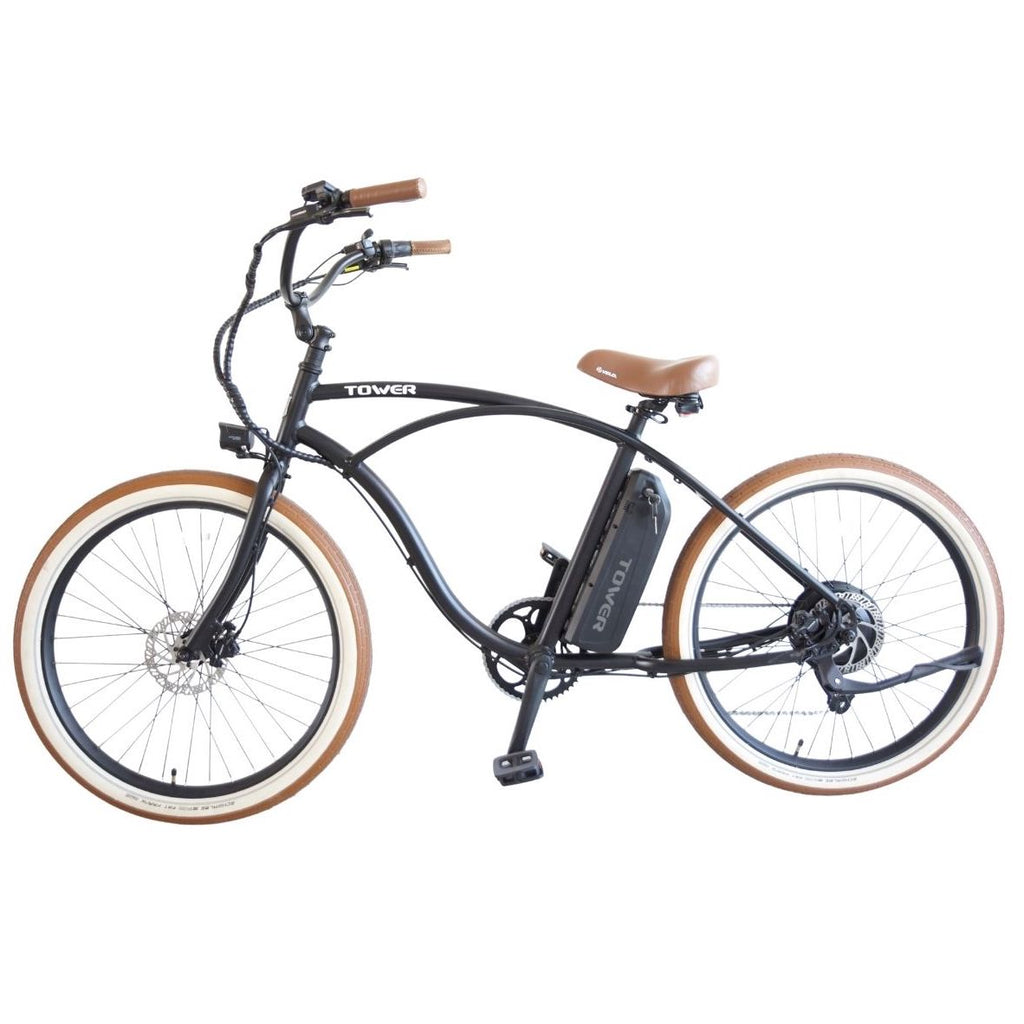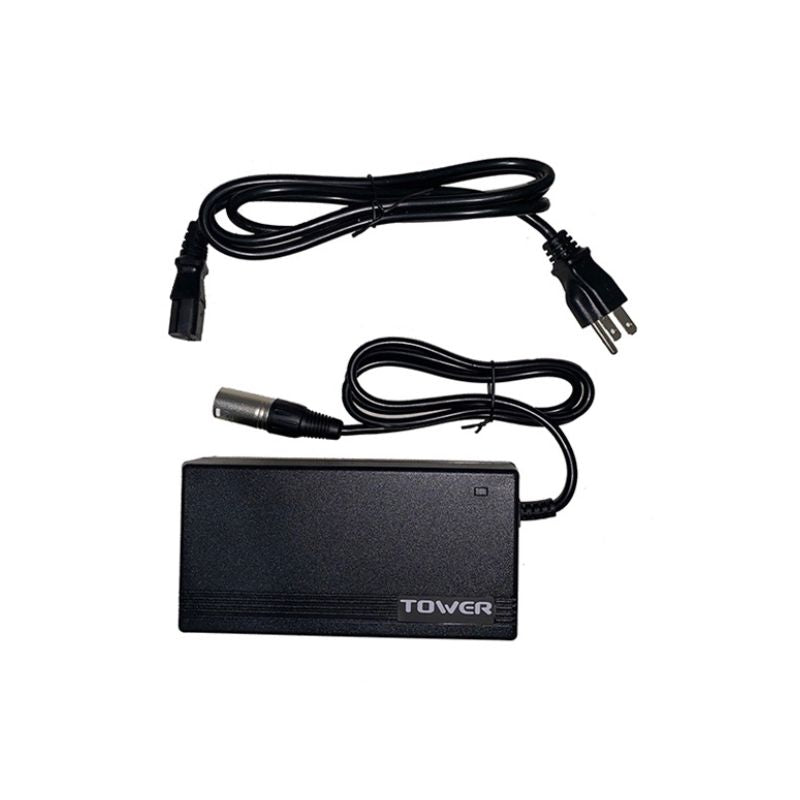Written by Stephan Aarstol
Competitive bike racing may seem challenging, but with preparation and training, you can take what may currently just be a hobby and transform it into an exciting sport. Although bike racing often involves expensive gear and elite teams of athletes, it's possible to find races designed for beginners, too. Choose an appropriate race, get your bib, and set your sights on the finish line.
Find Your Race
Gravel Races: Gravel races are appropriate for beginners for a couple of reasons. The culture of these races tends to be welcoming. And although biking on gravel requires skill, developing these skills is not out of the reach of most bicyclists with some training.

Road Races: Road races tend to involve a more competitive racing scene, and these races can range anywhere from 30 to 200 miles in length. Road races generally fall into numbered categories, ranging from five for novices to one for more skilled riders, so it's possible to choose a race that will have participants at roughly your level. Teams work together to compete in these races. Gran fondo races are longer and less competitive, and they welcome all levels to compete together. Race courses are rated for difficulty and length, enabling cyclists to research and choose an appropriate race prior to registering. Criteriums are races that involve a looped course, which cyclists may ride for up to one hour. These races usually involve high competition, bunched packs, and tight corners.
Mountain Bike Races: These races are off-road, often involving trails with obstacles. Distances vary, and races fall into various categories at a number of levels. Some courses can be comparatively smooth and easy, while others are very technical and steep.
Cyclocross: These races are short, with cyclists completing laps on a course that usually involves hills, obstacles, and mud. Hopping off the bike to carry it is a common requirement. A beginner's race may last 30 minutes, but they are very intense and demanding.
Cycling Gear
For success, each cyclist needs the right bike to match the race and the terrain. Cyclists also need to carry repair kits, portable air pumps, and extra tire tubes. Bikes vary significantly for road, gravel, mountain, and cyclocross racing. Visiting a bike shop will enable a cyclist to choose the best bike to fit their needs.
- For one bike that may be suitable for different types of racing, a gravel bike may be the best choice. These bikes are designed for dirt trails, but they can also ride easily on paved roads. Gravel bikes usually have dropped handlebars and wide tires.
- A hardtail mountain bike is another versatile type of bicycle that can ride over almost any terrain. These bikes have straight handlebars, so riders ride in an upright position. This tends to result in slower riding. Mountain bikes are available in various styles with different types of tires, suspension, and gears.
- Road bikes are lightweight, and they place riders in an aerodynamic position for speed. Road bikes are only appropriate on paved surfaces. Different bike models will vary in weight, materials, and geometry, which affect how the bike fits the rider.
- Cyclocross bicycles resemble road bikes, but they have wider tires. Bike geometry is designed for better acceleration. These bikes are also designed to enable riders to carry them when necessary.
- Cyclists also need to wear helmets, which vary in style depending on the type of race. Road helmets are designed to be aerodynamic with adequate ventilation. Mountain bike helmets offer more coverage, with protection in the back of the helmet and a visor in front.
- Cycling apparel also varies depending on the type of race. Road and cyclocross races generally involve cyclists wearing form-fitting spandex with a jersey, bib, and built-in chamois. Mountain bike racing involves baggy shorts and a T-shirt made of performance or wicking fabric. Cross-country mountain biking will usually involve spandex.
- Biking shoes can be almost any shoe for riding with a strap over the pedal for security. Flat shoes are well-suited for downhill and commuting biking. Going clipless increases stability and power. Cyclists might also choose specialized pedals for the terrain. Shoes designed for mountain biking have an outsole tread to enable walking and running. Shoes for road cycling have a rigid sole and exposed cleat.
Build Strength and Skill
Training for a race involves improving a rider's fitness level and building riding skills. Cyclists need to improve cardiovascular systems to be able to ride hard for several hours. Cyclists also need to build muscles to be able to ride hard and fast for up to an hour at a time in a cyclocross event. And cyclists need to learn how to manage conditions and terrain in whatever race they are attempting.
Consistent training is crucial when preparing for a race. Cyclists must bike often, every day if possible. Riders may train as much as 20 hours per week. If preparing for a short race, one hour of training per day may be sufficient.
Building up biking time is also important. Cyclists must be able to spend long stretches of time in the saddle at least four days per week. Adding one longer ride per week is also helpful because this helps prepare the body for longer distances. If possible, a cyclist might build up their ability to do a long ride over a couple of months, starting with five miles and increasing by adding more miles each time. Experienced riders will usually be able to take a five- or six-hour ride without problems.
A weekly training schedule should also focus on adding tempo and interval workouts. A tempo ride involves completing a ride at a pace that is fast but not too hard. At this level, the cyclist should be able to maintain the pace for several miles or 15 to 20 minutes before slowing. Interval training involves increasing exertion for short segments and alternating with rest periods. Increase the gear to the point where it's necessary to stand on the bike to pedal, and keep this pace for about five minutes. Then, drop the gear and rest for about five minutes. Repeat this sequence three or four times, increasing the reps as endurance increases. Tempo and interval workouts are effective for increasing speed and endurance, and they also help a cyclist learn pacing skills.
Train on the same terrain as the race to build specific skills. Gravel riding requires technical skills, so riders should practice riding on gravel prior to a race. Those preparing for a mountain bike or cyclocross race will need to build their handling skills. Road racers need to be comfortable biking in packs, drafting, cornering, braking, accelerating, and biking at high speeds.
Final Preparation
During the final week before a race, a cyclist should begin tapering their training. Workouts should continue with some short and hard biking, but cut back on the mileage. Continuing to train at long distances is not effective immediately prior to a race.
On the day before a race, many cyclists like to take a short ride with three or four openers, or short bursts of speed lasting up to 45 seconds. This helps loosen muscles and channel any adrenaline.
A bike needs to be cleaned and lubed before a race, and all components should be inspected. A race bag with all essentials needs to be packed, including clothes, shoes, helmet, extra tubes, mini pump, tire boot, multitool, tube patches, water, chain lube, sunglasses, sunscreen, and skin lubricant. Knowing check-in procedures is also important for race day.
Getting to the race early is a good idea to allow for registration and a relaxed warm-up. Those racing in a cyclocross or criterium event may be able to scout the course in advance to prepare for the race.
As the race begins, frame your mind to perform at your best and to finish. Even if you struggle in the race, strive to continue and finish. Regardless of the outcome, finishing enables a cyclist to claim the status of "racer." After finishing a first race, it's easier to begin training for the next.
Biking Resources
- The Six Best Training Tips of Fitness Experts: Use these tips to train like a pro for a bike race.
- Sample Three-Month Training Plan for Cyclists: Training over a three-month period can help a cyclist achieve success.
- How to Get Bike Fit: Complete Bike Training Plan: Follow this training plan to increase cycling fitness.
- Five Simple Ways to Increase Bike Power: These tips will help you become a stronger biker.
- Ten Training Tips for Better Bike Racing: To bike for long distances, you will need to build your cardiovascular endurance.
- Four Bike Training Workouts: These workouts include warm-ups, specific training, and cool-downs.
- 30-Mile Cycle Beginning Training Plan (PDF): A beginning cyclist can follow this plan to work up to biking for 30 miles.
- Technical Skills (video): Watch these videos to learn valuable technical skills you'll need to race.
- Bike Safety: Live to Ride Another Day: Follow safety rules to make sure you aren't injured during your race.
- Ten Smart Rules for Bike Safety: Wearing a helmet and avoiding distractions are two ways to be safe while biking.
- Bicycle Safety: Bike safety also involves maintaining a bike carefully to make sure the components work correctly.
- Ten Bike Safety Tips: Wear reflective clothing and keep your hands on the handlebars for optimal safety.
















